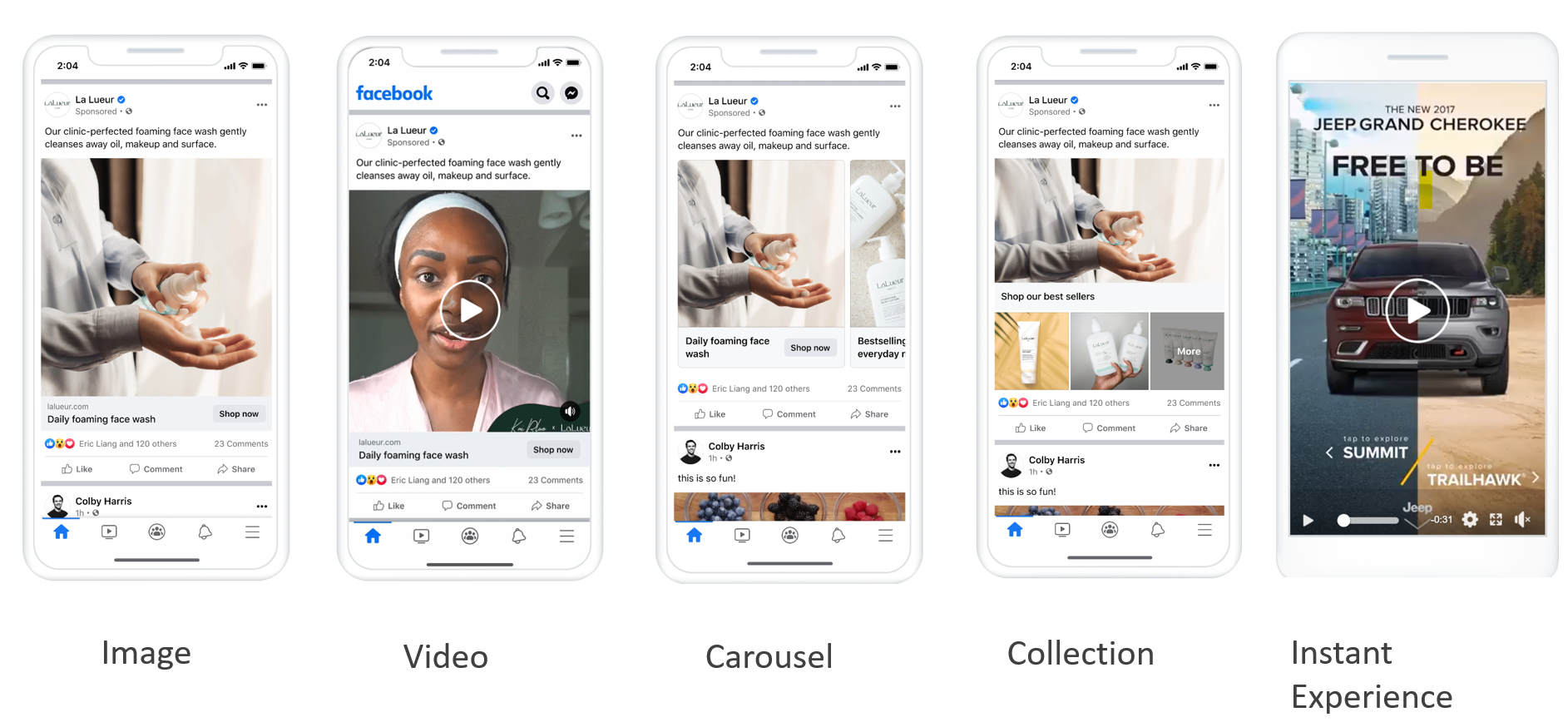
Exhibit 20.10 Facebook’s ad formats.
Facebook supports a wide range of ad formats (Exhibit 20.10) that can serve a diverse range of
communication objectives through use of video, images and/or text.
These formats are being standardized across the Meta portfolio including Instagram and Messenger
alongside Facebook, making it feasible to concurrently run and manage ad campaigns. Advertisers, for instance, can add
Instagram ads to Facebook ad campaigns through the Ads Manager or the Power Editor, by simply checking the “Instagram”
box within the ad placement section.
The main Facebook advertising formats are:
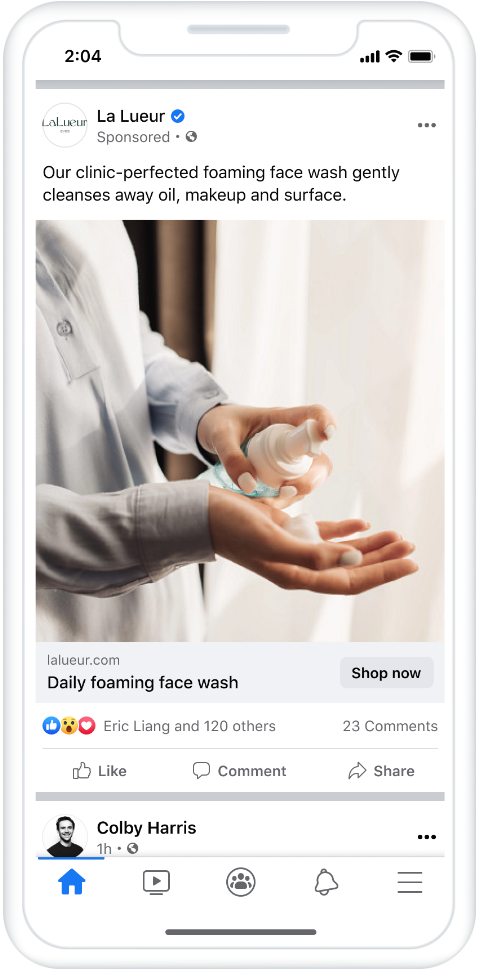
Exhibit 20.11 Image ad format (source: Meta).
Image (Exhibit 20.11), one of the simplest formats to use, is best suited
for generating traffic to a website and raising awareness of products.
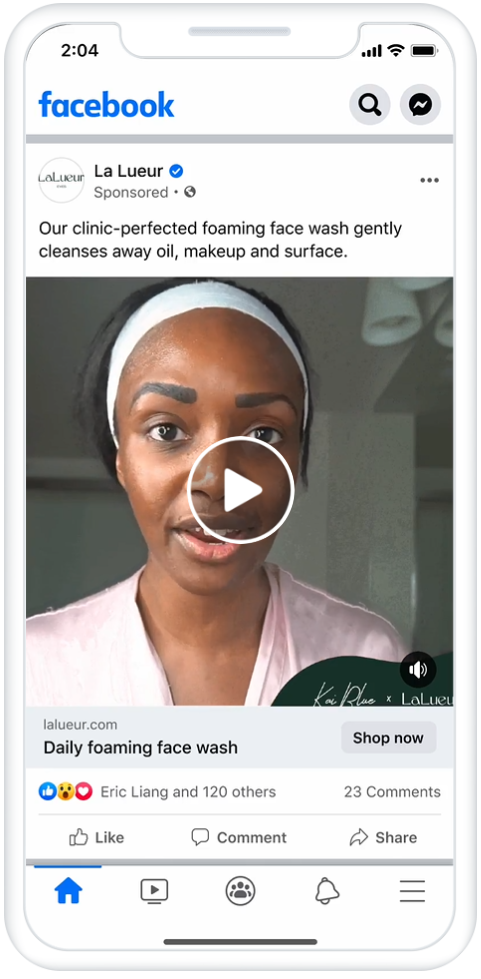
Exhibit 20.12 Video ad format (source: Meta).
Video ads (Exhibit 20.12) communicate with sight, sound and motion. They come in a range of lengths
and styles — from short, feed-based ads that can be watched on the go, to longer videos that are better viewed at home, on
the sofa.
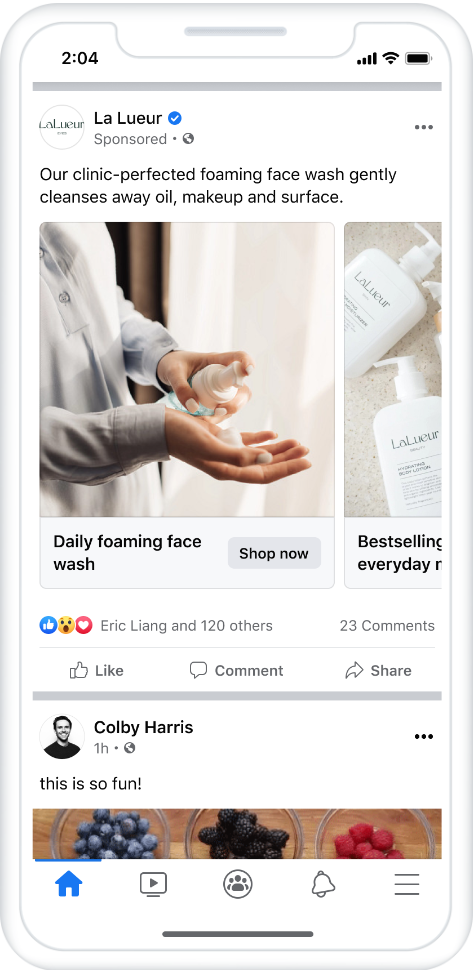
Exhibit 20.13 Carousel ad format (source: Meta).
Carousel ads (Exhibit 20.13) constitute a collection of images or videos, referred to as cards.
Advertisers may display up to ten cards, within a single ad, each with its own link. They can highlight different products, highlight specific details about one product, service or promotion,
or tell a story about their brand that develops across each carousel card.
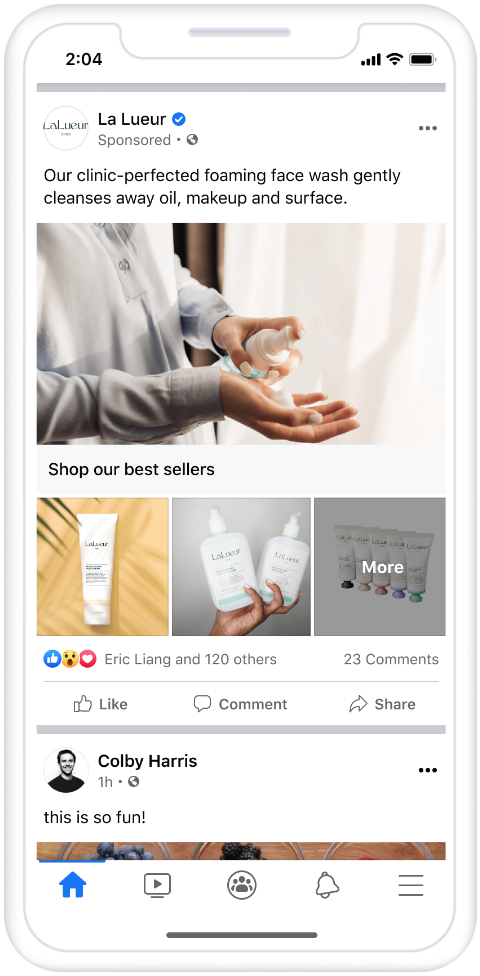
Exhibit 20.14 Collection ad format (source: Meta).
The collection ad format (Exhibit 20.14) is intended for people to browse and purchase products and
services from a product catalogue that is customised for each individual. The ad typically includes a cover image or video followed
by several product images.
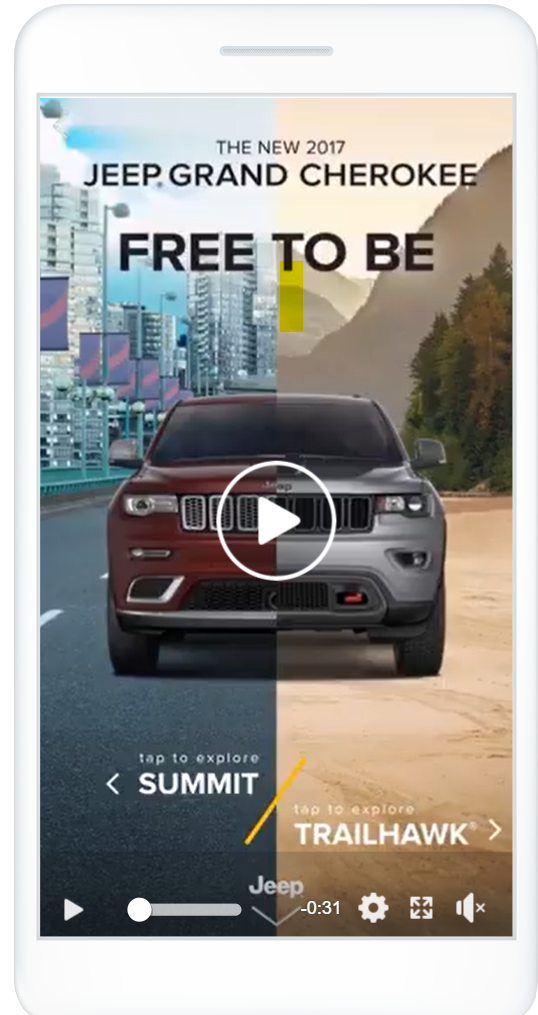
Exhibit 20.15 Instant experience (IX) ad format (source: Meta).
Designed for mobile, instant experience (Exhibit 20.15)
is an interactive format for marketers to tell their brand stories and showcase their products
and services. Marketers can build their canvas using a combination of videos, images and call-to-action
buttons. The format is designed so that people can swipe through a carousel of images, tilt the image in
different directions, and/or zoom in or zoom out.
Facebook supports an automated bidding and optimization system called Optimized CPM (oCPM).
The system analyses the data and optimizes the advertiser’s campaign delivery to only hit users who are more likely to complete
the desired action.
Facebook also supports automated A/B testing or split testing. This form of testing
multiple ad variations is an effective way for advertisers to refine their content and improve a campaign’s performance.